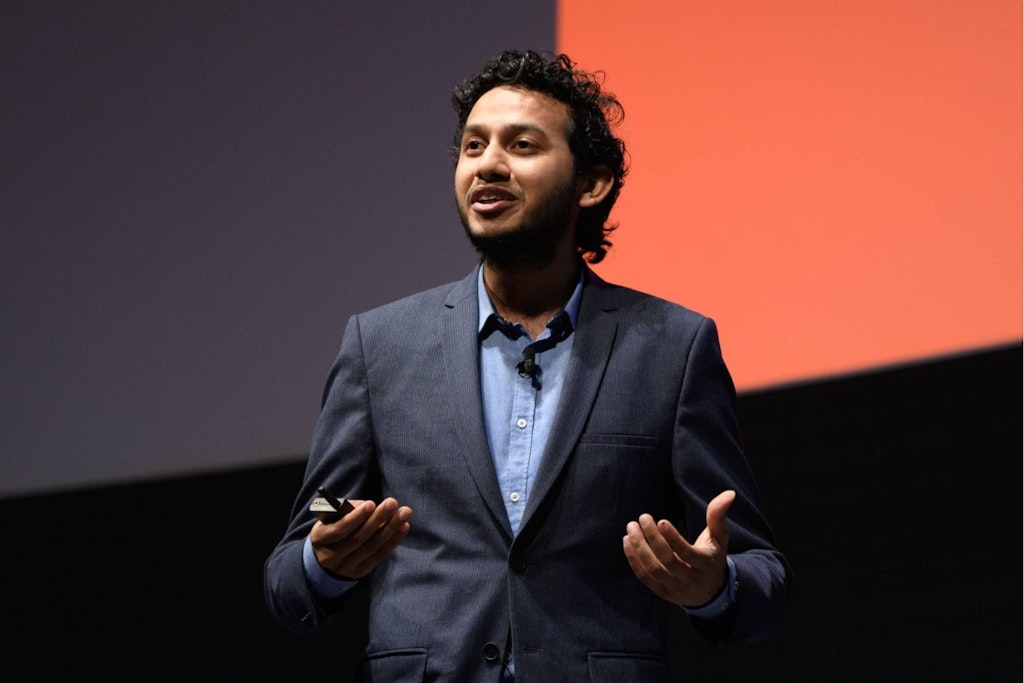Youth and success: Young CEOs to learn from
Last updated on 5 July 2023

Age is no barrier when it comes to leadership. In fact, some of the best leaders are young and hungry for success. They buck trends, try new things and look for innovation around every corner.
Whether you’re an aspiring young leader yourself, or an experienced one keen to learn something new, plenty of inspiration is available thanks to these three young CEOs.
Transforming traditional leadership
When Mark Zuckerberg launched Facebook in 2004, few would have predicted the 20-year-old would become the world’s youngest self-made billionaire at 23 and Time Magazine’s Person of the Year in 2010.
His leadership style best fits under the transformational leadership umbrella. Transformational leaders are focused on motivating others. So if you enjoy working alongside colleagues to assist in their career development, nurture progress while chasing shared goals, and enjoy open communication, you fit the bill as a transformational leader.
Other clear examples indicating you hold a similar transformational leadership mindset include:
- Relationships are extremely important. Zuckerberg believes that “Understanding people is not a waste of time” and transformational leaders are amongst the most involved leaders when building and sustaining workplace relationships.
- When you set goals, you share them with others. Teamwork, shared values and group learning are all encouraged. This keeps you involved so you know what obstacles need to be overcome.
- Passion is essential. For Zuckerberg “The question I ask myself like almost every day is – ‘Am I doing the most important thing I could be doing?”, and this is likely to be the same in your approach. A transformational approach means you’re always questioning, embracing your passion and working towards the next best thing.
Perhaps the most important feature of Zuckerberg’s leadership style is the fact he’s thrown away traditional roles. In the workplace, this includes barriers between executives and employees, but personally, it includes adopting a Laissez-Faire approach.
For young leaders this means you allow others to take the lead; you recognise the importance of nurturing and motivating employees when they do need help, and you can step back when they don’t.

Putting people first
Australia’s Melanie Perkins co-founded Canva, one of the most popular graphic design platforms, as a teenager. As a 36-year-old, she remains one of the youngest female CEOs in the world. Perkins has always been a disruptor, having started Canva as an alternative to Adobe, and yet her leadership approach focuses on putting people first.
Perkins is a servant leader and although that might have negative connotations, servant leaders are highly successful by supporting others first. Perkins explains this best; “As a leader, I feel my job is to set the vision and the goals for the company, and then to work with everyone to empower them to dream big and crazy. I want to set them up to do the best work of their lives and to achieve those crazy, big goals”.
But what might that mean for you? You are willing to be working hard on the floor. Your employees, clients and consumers regularly see you putting in the hard yards. But you’re not just there to work as you’re invested in the people around you. In a similar theme to transformational leadership, servant leaders take time to work with others in sight of common goals. There’s no separation between yourself as a CEO and employees on the floor.
A great example from Perkins is her involvement with the onboarding process; to this day, Perkins personally onboards all new hires so they understand the company culture. By investing in your staff personally and putting them first from day one you reveal their exact value and show you’re in fact working to support them.

Distributing power to support growth
Ritesh Agarwal founded Oyo Rooms as a teenager – it’s a hotel chain committed to offering low-cost rooms in high-quality settings. On the surface, Agarwal presents as a typical democratic CEO, “I respect that [I am challenged] and I’m always happy to learn from people smarter than me.”
Like other experienced democratic leaders, there is a willingness to take on the opinions of others and open and honest communication is constant. For yourself, you likely recognise the benefits of shared responsibility when achieving common goals.
Another name for democratic leadership is participative leadership; you collaborate with others and you actively participate in hard work instead of leaving it up to your employees to handle. Additionally, you listen to what employees and management have to say. Agarwal has built his success on this exact method as he listens to feedback from consumers and his employees (colloquially called Oyopreneurs).
Arguably the most important feature of democratic leadership style is the ability to delegate tasks. In Oyo, it’s called distributed leadership, where each Oyopreneur can present their own ideas to help the company grow. Democratic leaders see the value in each voice, no matter how big or small, as it sustains a positive work culture, “… Invest in building a strong work culture. You should never compromise on culture even if your company becomes huge,” Agarwal said.